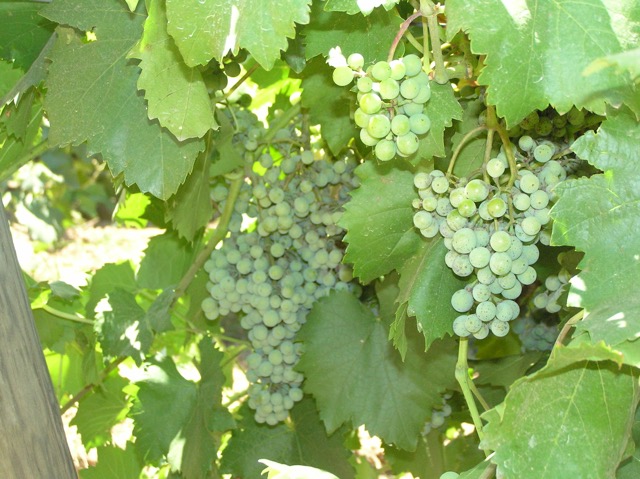
Not all of life’s important events happen on stormy seas.
Before moving to the Pacific Northwest my family lived on an alluvial plain of the Southern California high desert. I gave orchard tending a try. It wasn’t large””only 24 trees. Our little acre had more rocks than soil, so planting one bare-root fruit tree took two hours just to remove the boulders hiding out of sight beneath the surface.
Tending the orchard wasn’t all work, but I had to keep at it. Trimming, pruning, thinning, enlarging the water basins and keeping them clear. Weeds, despite their evil intent, didn’t have a chance in my orchard.
For my care the trees brought rewarding yields. Family, friends and other innocent bystanders enjoyed loads of fresh-off-the-tree fruit of my labor. Ripe apples, apricots, almonds, peaches, plums, persimmons, pears, nectarines. Bushels of them to take home or just pick and eat.
I also planted grape vines, as my grandfather had decades earlier. Grapes are a unique fruit. They illustrate much of life, with some fascinating similarities to the transitional churches I work with.
Grapes are grapes.
They’re not apples or apricots or pistachios or zucchini.
They’re grapes.
They grow in clusters not isolated.
They can be sweet, or not so sweet, depending on the soil.
They may reveal the health of their vine. But sometimes they don’t. A good vine can tolerate some sorry grapes.
One grape in a cluster can wrinkle on its own, as if trying to hide its grafting, while the rest of the grapes look””and taste””sweet.
That’s how it is with grapes.
A single grape, and even a whole bunch, can shrivel on the vine. Then they seem like raisins. But they’re not raisins. When they dry up and shrink on their own, they age for wrong reasons. They’re useless and just may become a bad influence on other clusters.
To turn out raisins, fully ripened grapes are picked and set in the hot sun to dry, dying as it were. They too become sweet products of the grower’s care.
One cluster can grow large with lots of well-formed grapes. Just down the vine another cluster may be small with smaller grapes. The smallest grapes are often the sweetest. They can also be the most sour. Sometimes they surprise you.
Another surprise. It seems large clusters are the most consistent, though they’re not always so sweet. But sometimes they are.
When my grandfather tended his vines in Central California, he made shallow girth cuts just above the clusters. It was called girdling. That deliberate wound produced larger and healthier and more consistent clusters of grapes. I wonder if farmers still look after each vine that way.
When the grower has his way with his vines they bear healthy, sweet fruit, because they’re handled with skill, care, purpose.
That’s how it is with the grower.
That’s how it is with his vines.



